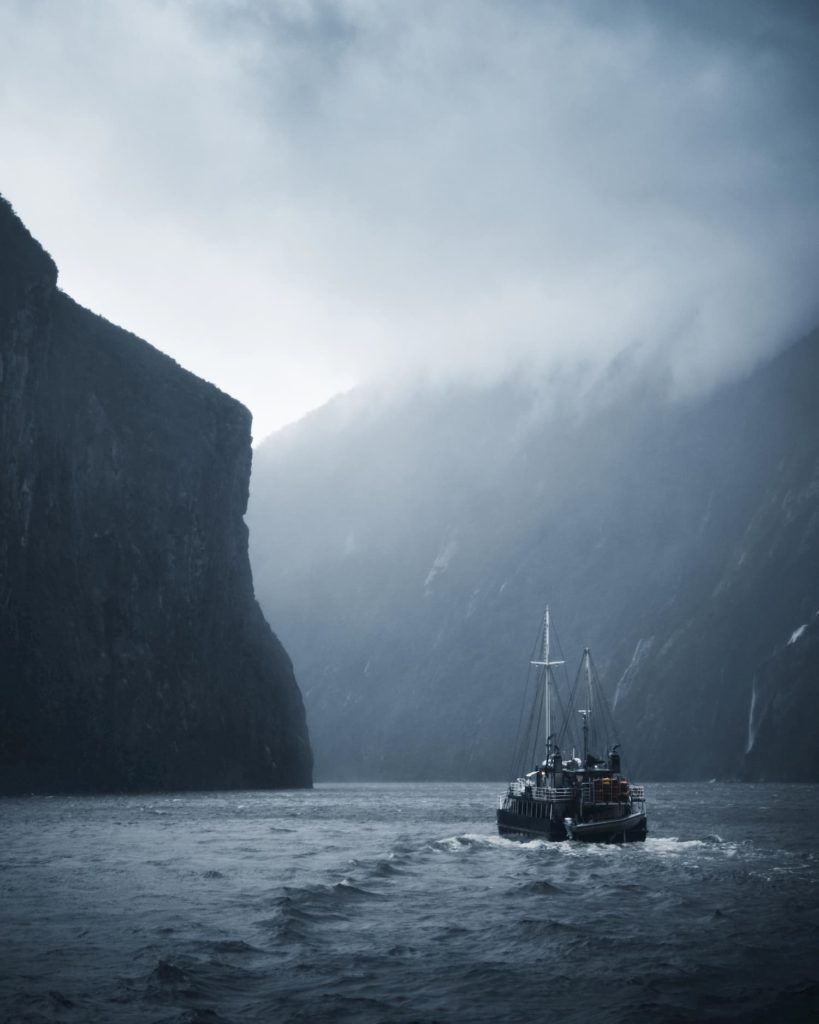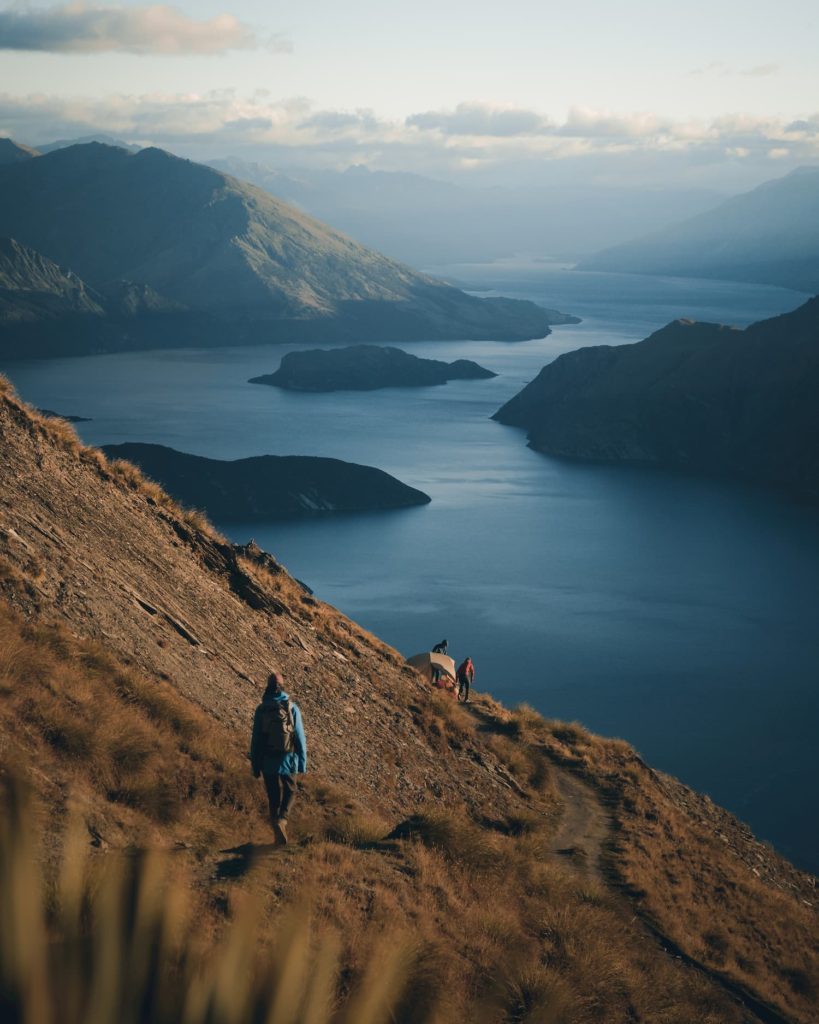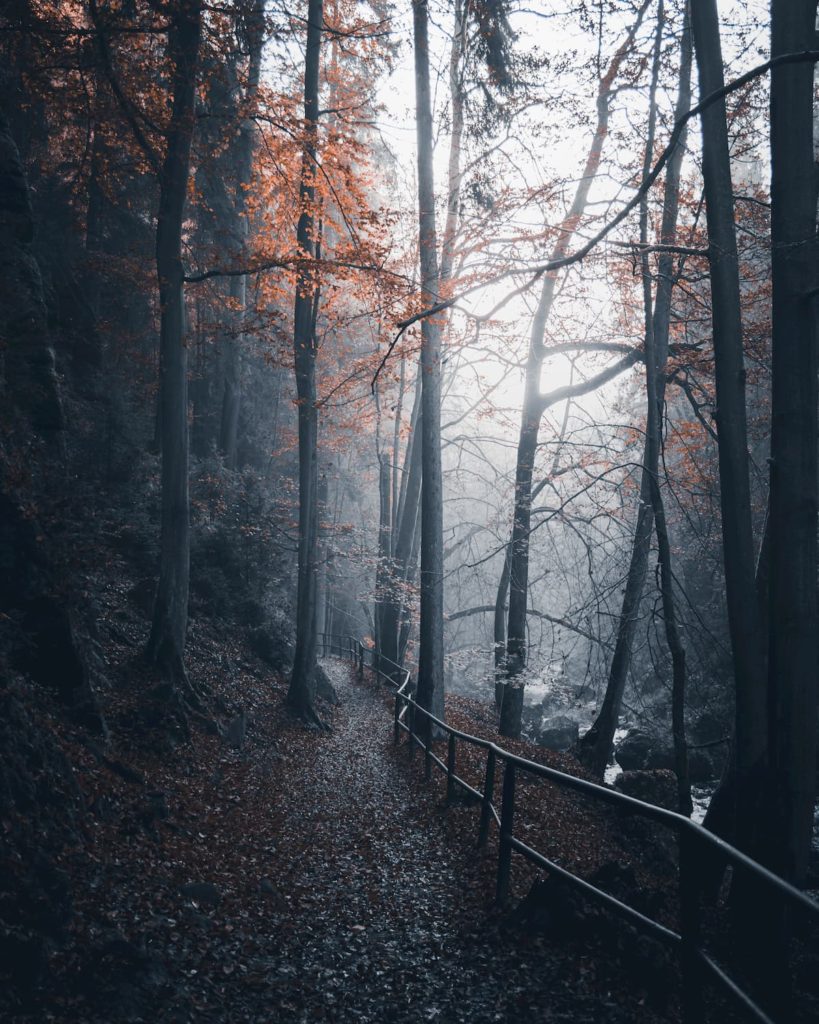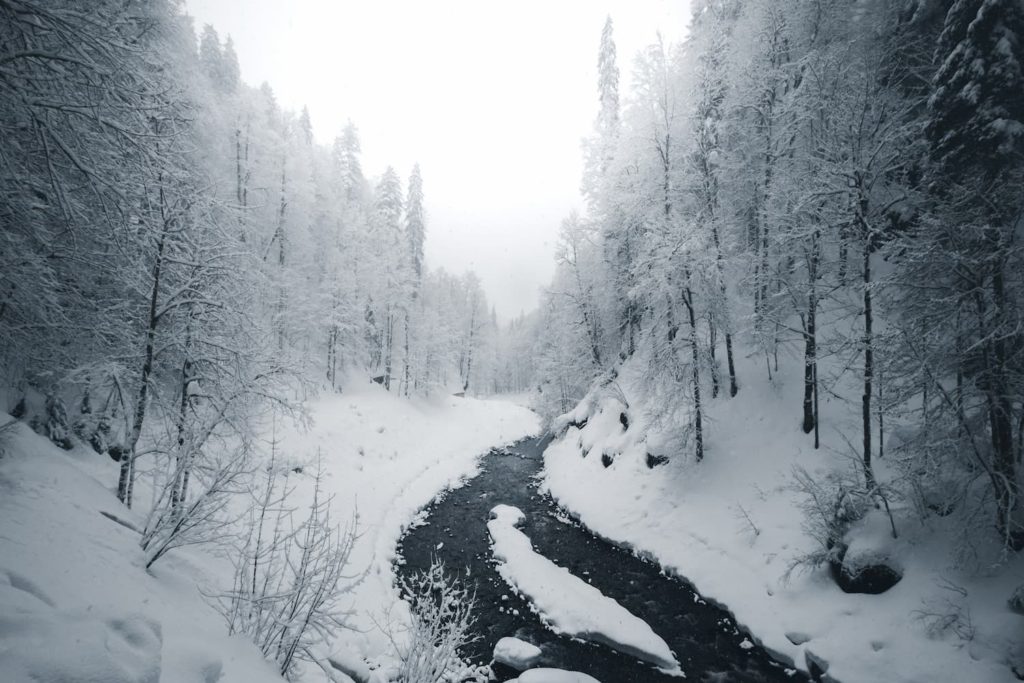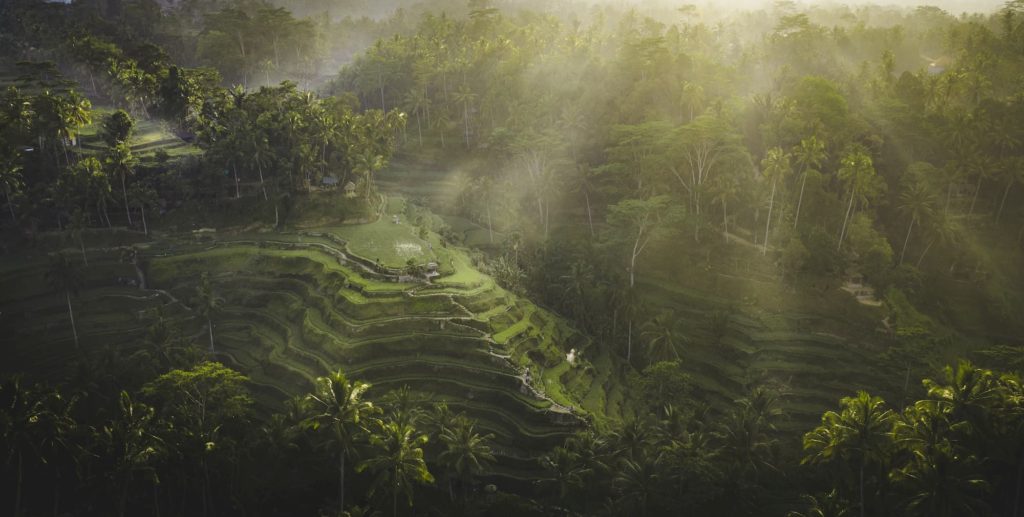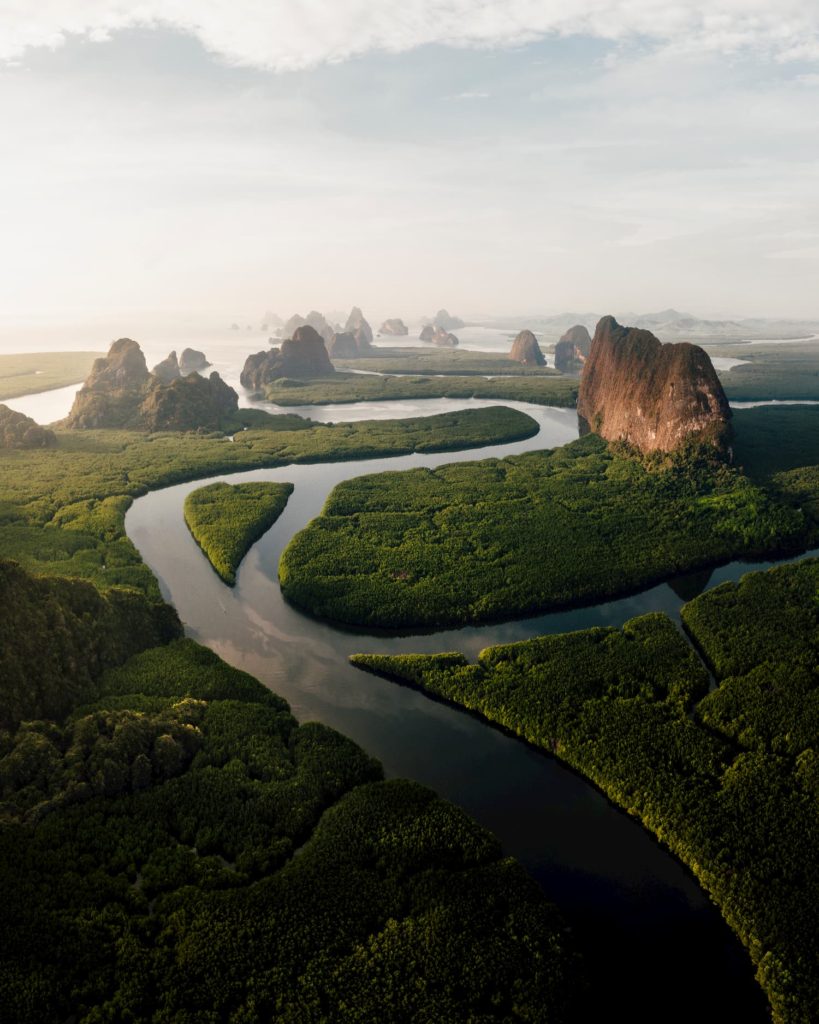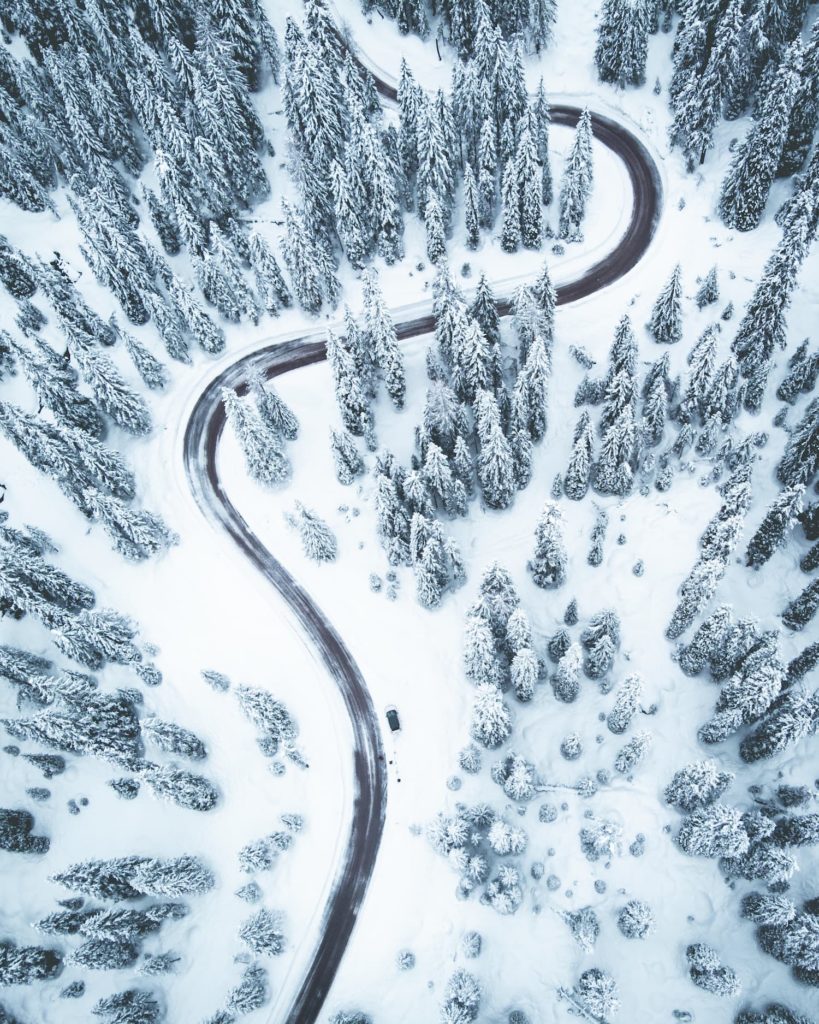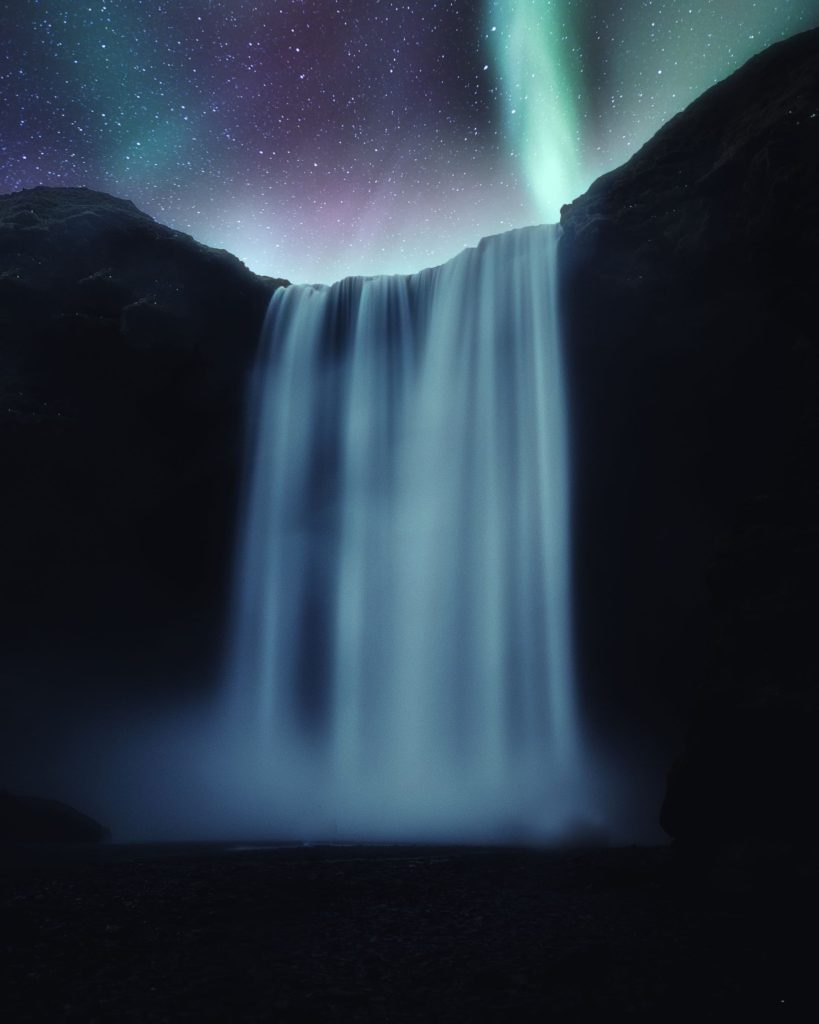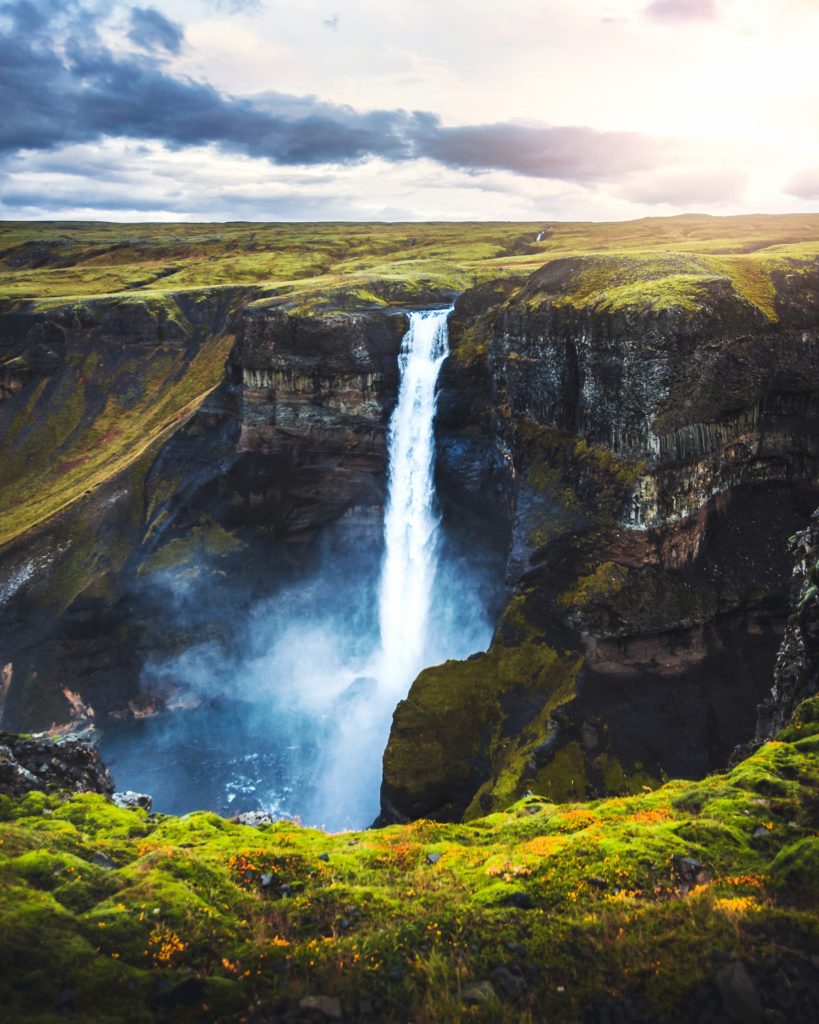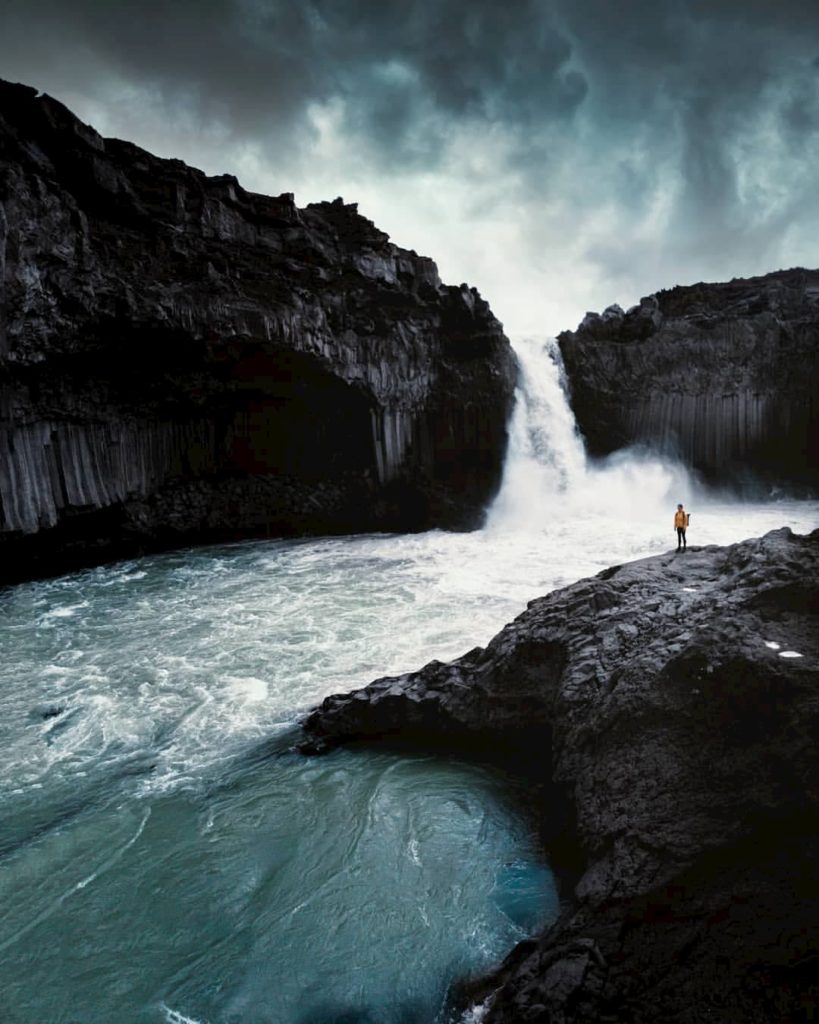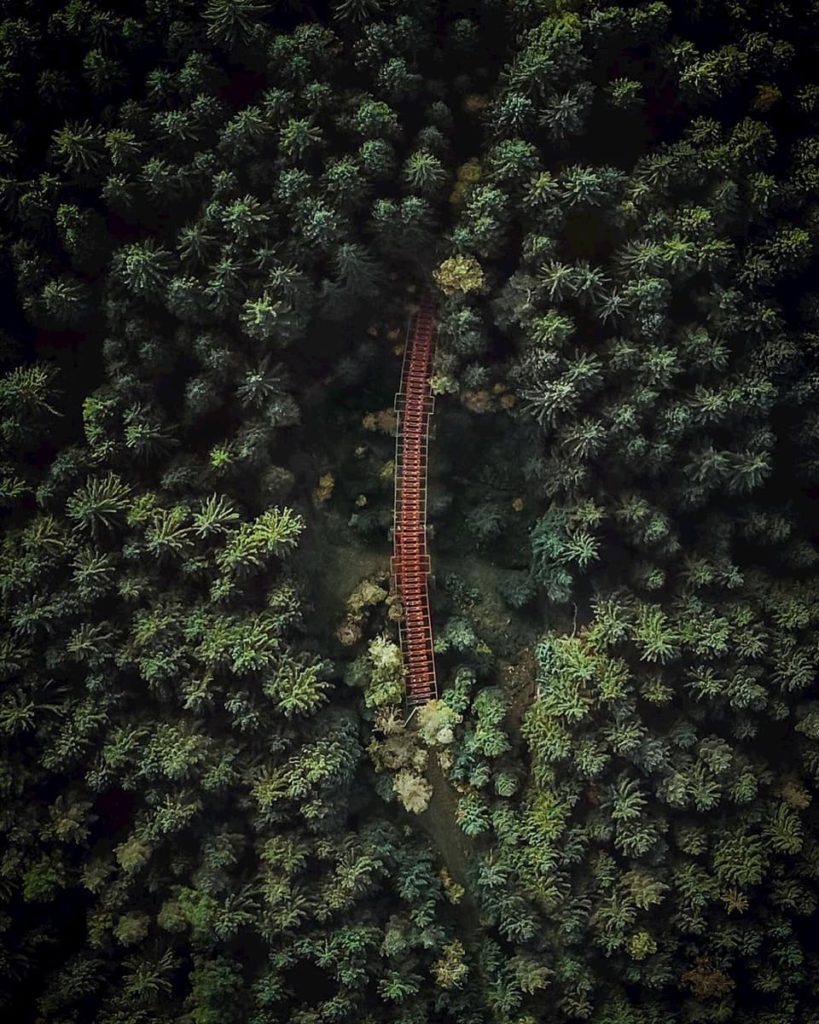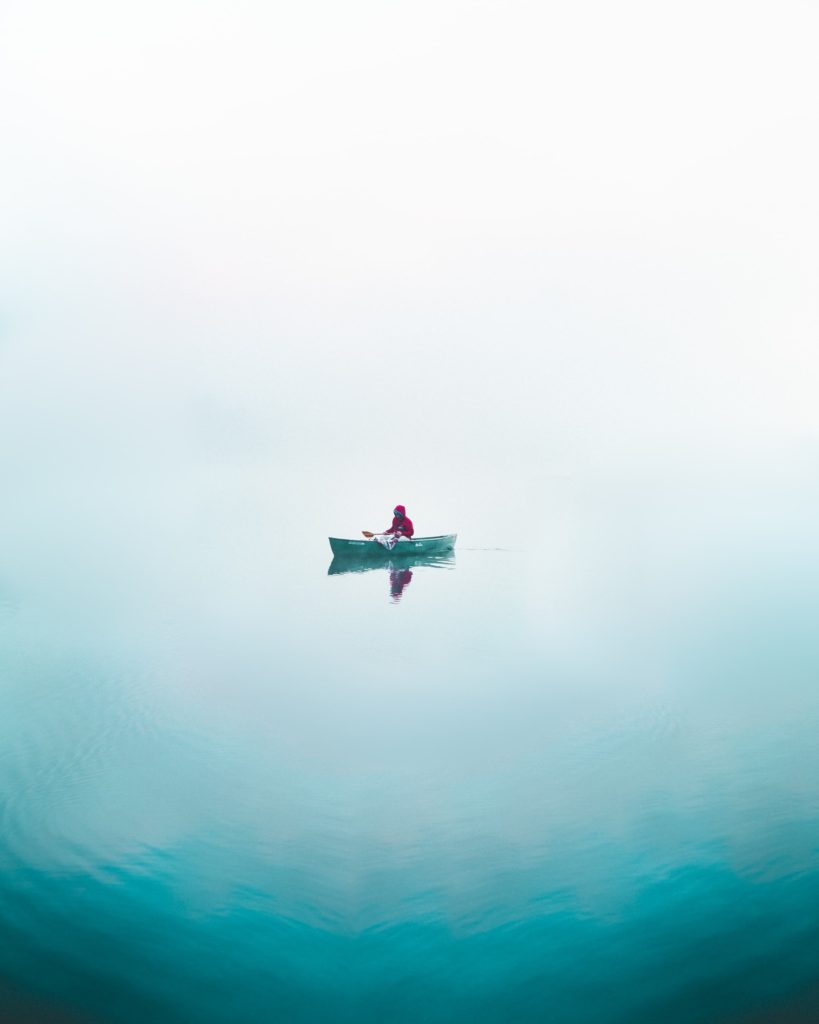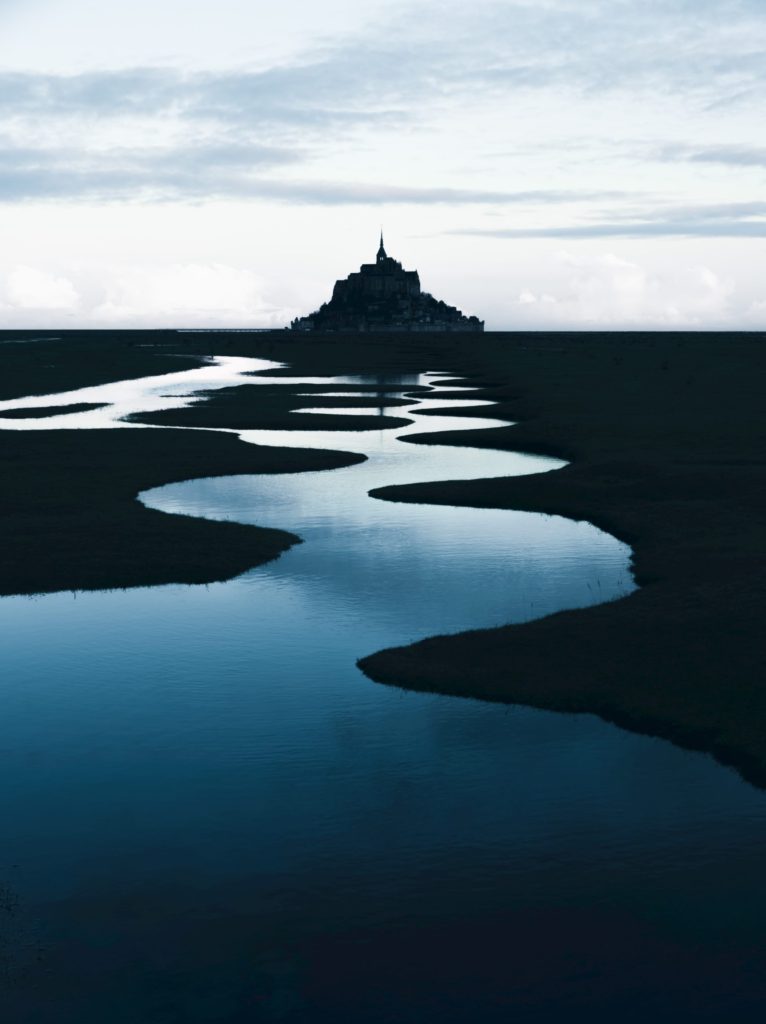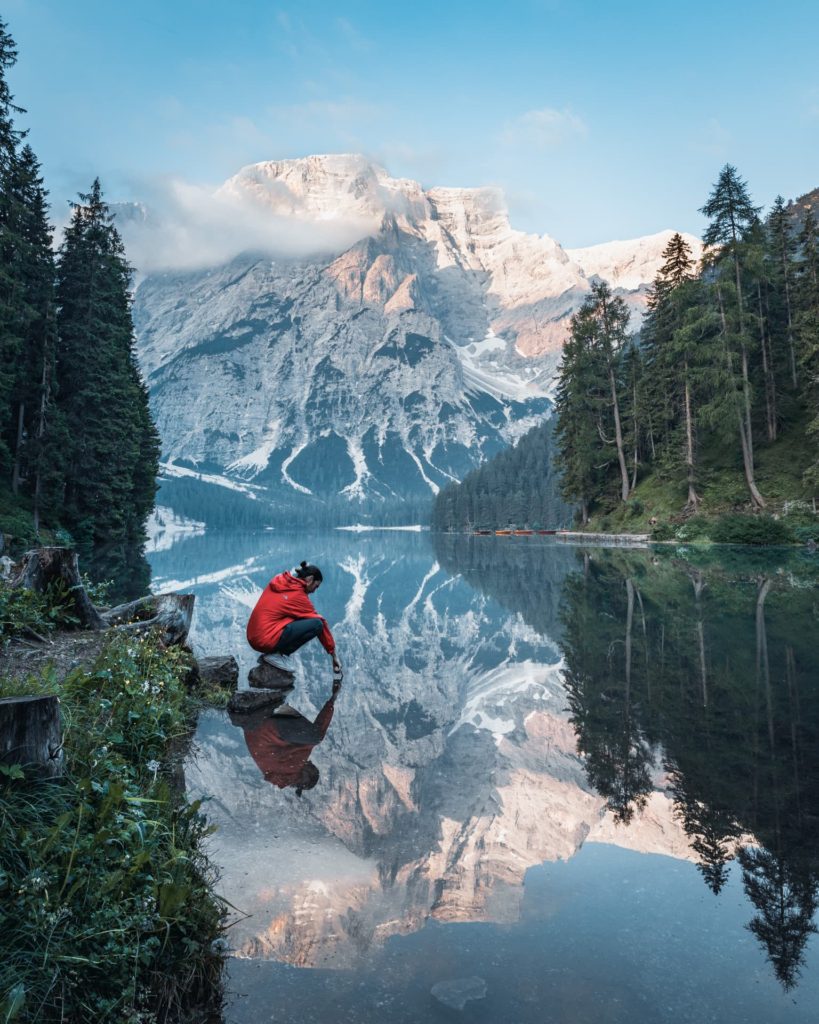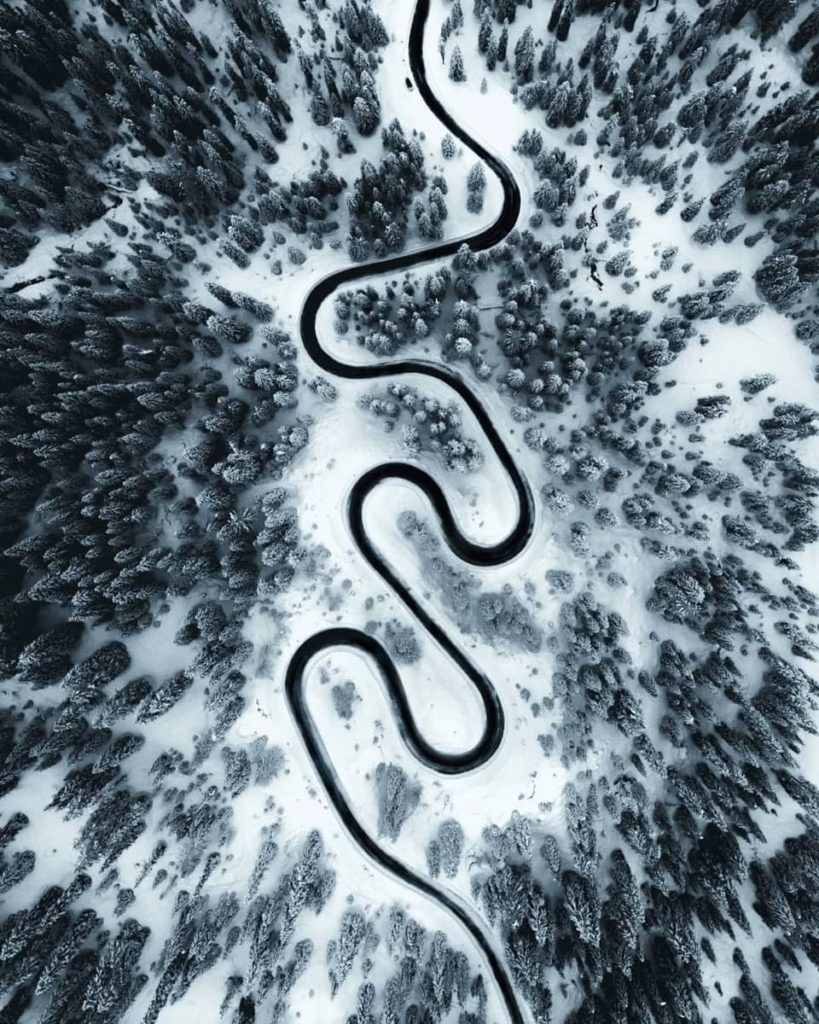
Philipp Pablitschko
@philipppablo
Best of the week 13 at #nomadict 2020
The first time I went to Norway was in 2016, together with my girlfriend. I brought the old DSLR camera from my parents and I was just randomly taking photos of everything that I liked. Little by little my curiosity for photography and my desire to take better photos grew. As my brother is photographer, the art wasn’t totally new for me either. A little later I went on a trip to Slovenia with him and he showed me everything you can do with a DSLR; much more than I had tried out until then! I began to watch YouTube tutorials, bought my own camera, and so my journey had started.
"I started traveling to destinations I had seen on the internet, taking shots that 1000 people had taken before. Everyone has to start somewhere, and we can all evolve if we put the effort."
I noticed that, over time, I developed an eye for seeing motives and compositions and I began to be more creative with my shots, looking for new angles and I stopped imitating or recreating shots I had seen from other amazing photographers. Through tutorials I learned how I could adjust my photos in Photoshop and tried to edit my photos in a way that they portrayed the moment I had experienced. When I look at my old edited photos, I’m often shocked how exaggerated edited they are. Now, it’s very important to me not to over-edit my pictures. One’s editing style keeps changing and evolving I believe, especially in the beginning when the learning curve is steep. When starting out it’s easy to think that you can still save a bad photo by strong editing, but over time I noticed that less editing is better and that the foundation is set when the photograph is being taken.
"At the moment I try to edit as modest as possible and think about what I want to express with the picture. It actually works quite well."
I think other landscape photographers with a natural look over their images, like Chris Burkard, have had the most influence on reaching my current editing style. Having ‘natural’ as a main goal, my editing style keeps changing around that over time. It’s through editing an image that you can really achieve the effect you want and I think with each new adventure, state of mind and situation, you probably desire to express something different which is why a style can change.
Regarding the winning shot, I tried to focus on the essentials of the image while editing. The photo was taken when I was doing a hiking trip in Madeira with a friend. We hiked about 20 kilometers through the mountains of the island, a tough but really nice hike. I carried my camera around but during most of the hike there was just poor light and not even a single cloud. Then, in the afternoon on our way back, clouds appeared between the mountain peaks. It was an awesome feeling standing there in the clouds with nobody around us. It’s insane how this cloud improved my mood; I enjoyed the hike anyway, but suddenly I got this exciting rush that you get when the perfect moment for a photo shows up. I walked ahead in search of another angle and looked back to my friend who almost disappeared in the clouds.
"That was the moment I took this photo; the moment was just so photogenic!"
The person in front of the mighty mountains in the background shows how small we are compared to nature and the fact that fog appeared made the scenario even more atmospheric. It looks like the person is almost devoured by the fog and I love the mood that is created as a result, it’s mystic.
Although I love improving my skills, photography is still just a hobby. I don’t want photography to be the main focus when traveling. It’s important for me to capture moments, and I enjoy capturing these as best as I can, but when traveling I want to be focused on living my travel. I believe that, for a professional photographer as well as for anyone taking photos during any kind of activity, we should not forget life around these moments.
"We should not forget that we should be living this moments, alone or with others, and intensely enjoy them rather than being busy with capturing them without really experiencing any of it."
I truly learnt this when I was in New Zealand with my girlfriend. It was the greatest travel I’ve done and would love repeat it. We decided to buy a car there and we drove through the country for two months, hiking almost every day, immersing ourselves in the nature of different places all over the country. The best thing about the trip was that we only had Internet once a week. You experience time much more intense when you have no contact with the world and only share what you have experienced afterwards. I then applied this way of traveling also to many of my other trips, living all the experiences intensely and in the moment. I think this is also better to be able to focus on taking pictures; if you have no pressure in the back of your mind because you don’t feel like you have to upload the photos somewhere today (you simply can’t), you can really focus on taking the photos and enjoying your day.
"I love photography and I admit that social media is very useful and inspiring in many ways if correctly used, but I don’t want either of them to be the lead of my travels or days or the things my mind is continuously occupied with."
Would you like content like this sent to your inbox?
BEST OF THE WEEK MARCH
BEST OF THE WEEK FEBRUARY
BEST OF THE WEEK JANUARY
NOMADICT
ART GALLERY
THE LATEST STORIES
WRITEN WITH PASSION TO INSPIRE YOU
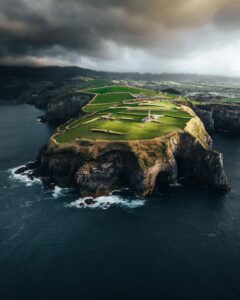
Photo tour in Azores, Portugal
Join us in the Azores for a unique photo tour, where you’ll elevate your creative skills with expert guidance from Ronald Soethje, Bruno Ázera, and Nomadict.
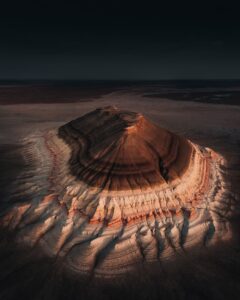
Forest Kai (@forest1kai): Photographer based in the US
In this article, Forest shares how years of chasing scale, silence, and raw landscapes shaped his approach to photography, from the deserts of Kazakhstan to the volcanic ridges of Iceland. He talks about how he uses light, texture, and vast negative space to create images that feel both intimate and overwhelming.
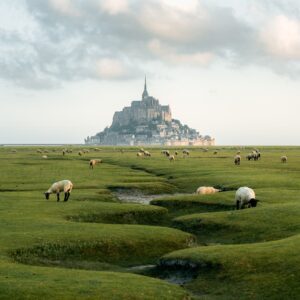
Simon Hechtbauer (@roamwithsimon): Best of the Week 32 at #nomadict
Simon shares the journey behind his photography, from early inspirations to field techniques, editing, and the story of the winning shot that shaped his path.

Miroslav Maršík (@miromarsik): Photographer based in Czech Republic
In this article, Miro shares how his love for cinematic music evolved into a deep passion for photography and how he uses light, color, and atmosphere to turn the streets of Prague into living film scenes.

Aurora photography panorama workflow: A guide to camera settings, editing, and color
In this article, Stefanie reveals how her background in physics sparked her passion for astrophotography and how she blends science with creativity to capture the beauty of the night sky. Readers will discover her approach to color, contrast, and editing, as well as her aurora photography workflow.

Yhabril (@yhabril): Best of the Week 33 at #nomadict
Spanish photographer Yhabril captures the profound connection between humans and the mountains that shaped him. Growing up in the Pyrenees, his work bridges outdoor sports, landscapes, and celestial scenes — often blending athletes, moonlight, and wilderness into striking visual stories.

Ariane Totzke (@besondersschwierig): Photographer based in Switzerland
In this article, Ariane shares how photography helped her navigate personal challenges, connect authentically with people and animals, and develop a philosophy rooted in empathy and artistic freedom. Readers will also discover her ethical approach to wildlife photography and her trusted equipment for both camouflage techniques and cameras.

How to photograph Dutch tulip fields: A guide to light, gear, composition, and colors
Discover how to photograph Dutch tulip fields in their most magical light. From choosing the right gear and lenses to mastering composition, color, and aerial perspectives, this guide shares creative techniques to capture the beauty of the Netherlands’ tulips. Learn how light, color grading, and proportion bring emotion into every frame.
